READY TO GET STARTED?
REQUEST A FREE ESTIMATE
Fill out the form below or call (888) 466-7849 for a free, no-obligation estimate.
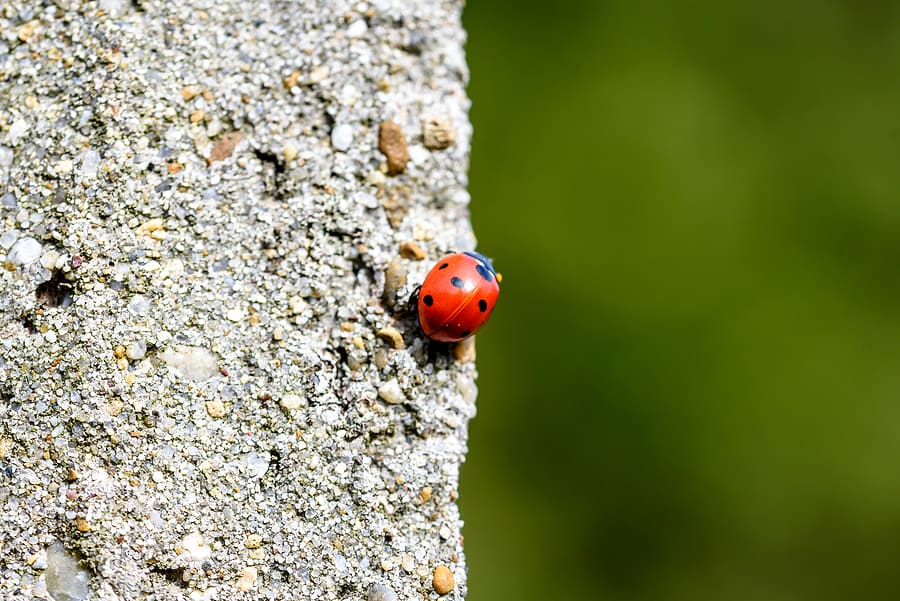
During the spring and fall you will often see an influx of ladybugs in your home. While they don’t pose a real health threat to you, they can stain carpets, upholstery, and walls. Why are these pests invading your house and how can you get rid of them?
Ladybugs will make their way indoors in the fall to overwinter in the warm shelter of your home. Once inside, they will hide until the warm weather of spring comes back around. It is at this time they will reemerge to try and return outdoors to reproduce.
Once inside, you will often find them clustered together in the corners of attics and basements or near doors and windows, especially those with large amounts of light. Once they make their way indoors, ladybugs will release a pheromone that signals other ladybugs to follow them.
Although they aren’t harmful, ladybugs can be a nuisance, especially when they invade in large numbers. You can prevent ladybugs by:
If your DIY efforts are futile or you just want the help of a professional, contact your local pest control company for an analysis.
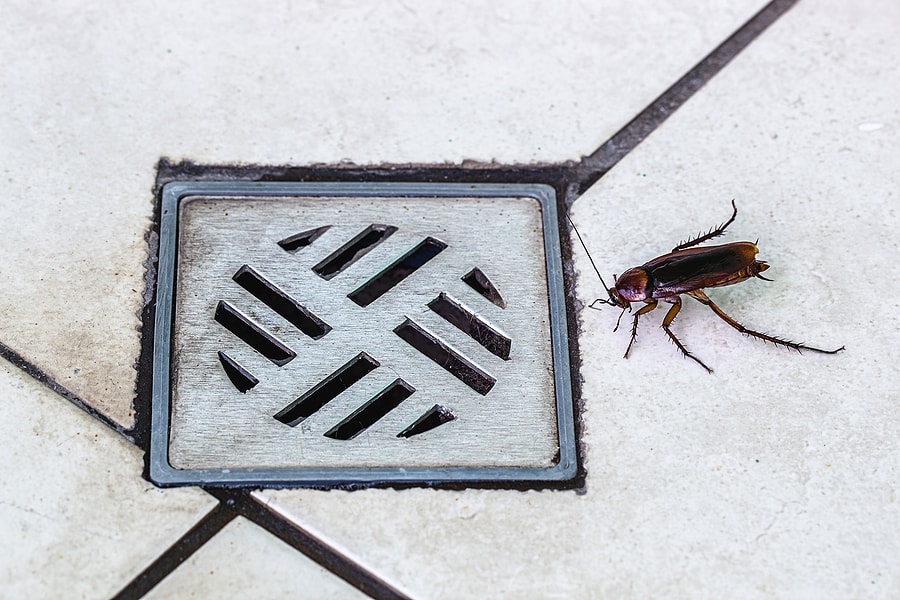
It’s quite common to see an influx of roaches after a heavy rain. American cockroaches and Oriental cockroaches are commonly found outdoors. Heavy rain flushes them out of sewers and other hiding spots and sends them scurrying for a dry place to escape, often inside your home. Once inside, they’ll seek out dark, warm, moist hiding spots to take refuge. Cockoaches can be quite a problem when they infest your home. They contaminate any surfaces they touch and can trigger allergies and asthma. What can you do to keep these pests out of your home after a rain? Here are 10 roach prevention tips to utilize this season.
If you implement these roach prevention tips and still have a problem with roaches or any other household pests, contact your local pest control company for an evaluation.
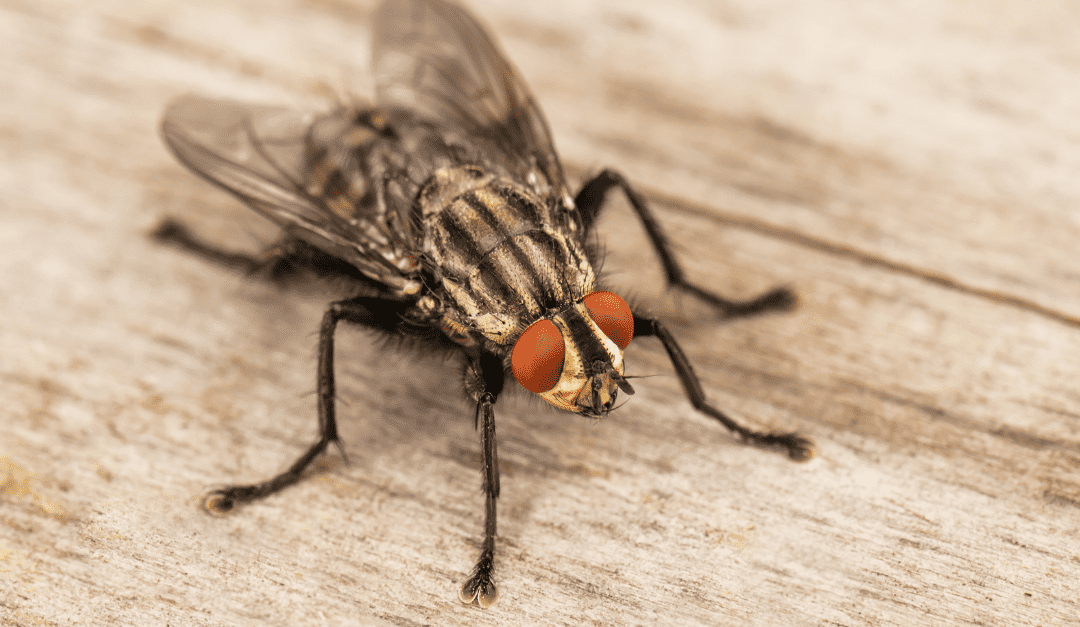
Flies are one of the most common household pests that can be found almost everywhere in the world. They are not only annoying but can also carry a variety of diseases, including typhoid, cholera, and dysentery. Therefore, it’s important to properly identify the common types of flies in order to prevent them. In this blog, we’ll discuss how to identify and prevent different types of common flies.
The house fly is the most common type of fly found in homes. They are gray in color and have four black stripes on their thoraces. These pests are attracted to food, garbage, and feces, and can transmit bacteria and viruses that cause diseases.
Fruit flies are small, brownish-yellow flies with red eyes. They are attracted to ripening fruits and vegetables, as well as fermented liquids such as wine and vinegar.
Drain flies are small, moth-like flies that are commonly found in bathrooms and kitchens. They are gray or black in color and have hairy wings. They breed in organic matter that accumulates in drains and pipes, as well as in standing water.
By following these tips, you can enjoy a fly-free home. If you begin to see an influx of flies in your home, give your local pest control company a call for a personalized plan.
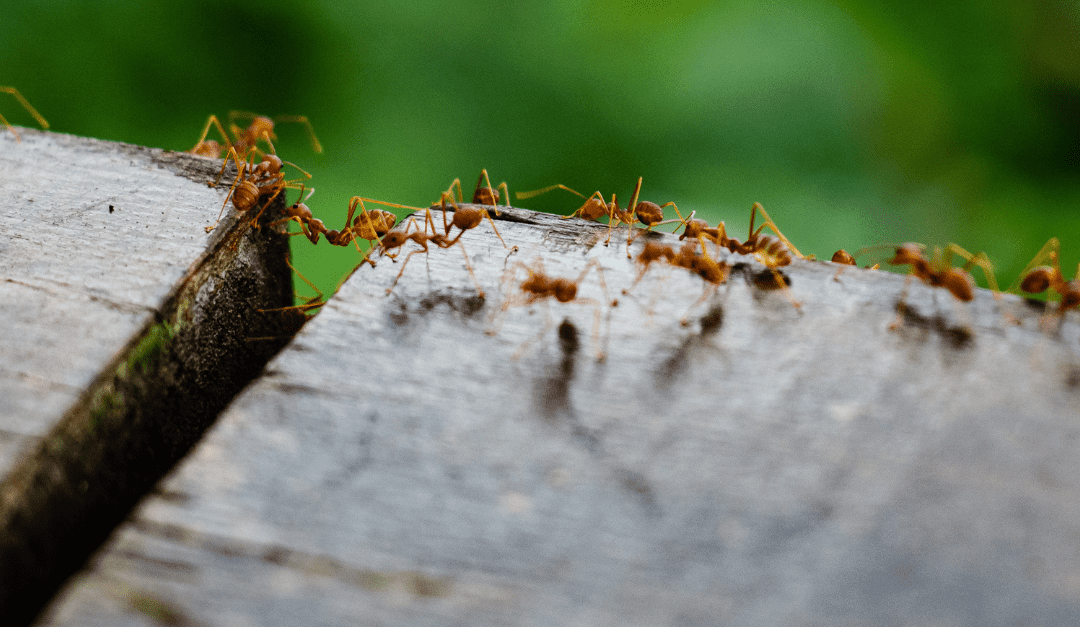
Hurricanes are bound to happen, especially in Florida. These natural phenomena can cause severe damage to our community, homes, and the environment around us. Unfortunately, hurricanes will also affect pest activity, as homeowners might see the emergence of even more pests. After a hurricane, we will often experience a population increase of pests that thrive in warm, moist environments. Check out our list of pests to look out for after a hurricane and what you can do for hurricane pest control.
One of the most common pests that emerge after a hurricane is mosquitoes. The water that’s left behind by the storm will provide the perfect breeding ground for these pests. While mosquitoes are a nuisance, they can spread diseases such as the West Nile virus, Zika virus, and dengue fever. To prevent these pests, remove objects that can collect rainwater, including toys, buckets, tarps, old tires, and more. Likewise, look to remove all leaves and yard debris to keep mosquitoes from invading your yard.
Other pests that will emerge after a hurricane are ants. When an area becomes flooded, it forces ants to seek out a new place to inhabit, often leading them to our homes. Ants, such as fire ants, pavement ants, and carpenter ants, can all be difficult to control, as they can establish their new colony quickly and are highly adaptable. To keep ants from invading your home after a storm, seal all cracks or gaps found on the interior and exterior of the home. Remove and clean up any food source that may attract ants inside.
Cockroaches will thrive in the aftermath of a hurricane. A home or building that’s flooded provides the perfect environment for these pests, where they can settle, breed, and multiply. Roaches are known to carry diseases and even trigger allergic reactions. To deter roaches from your home, eliminate as much moisture as possible by regularly checking for leaky faucets or sinks. Take the trash out on a regular basis, placing it in a tightly sealed trashcan with a lid.
Hurricanes can have a significant impact on our environment and the activity of household pests. Utilizing hurricane pest control measures throughout your home before a hurricane or rainstorm will help to prevent a full-blown pest infestation. If you’re still seeing pests after taking precautions, it could be time to contact your local pest control company for help. These professionals will inspect your home, identify the pest, identify areas of entry, and provide you with a treatment and prevention plan that’s fit for your home.
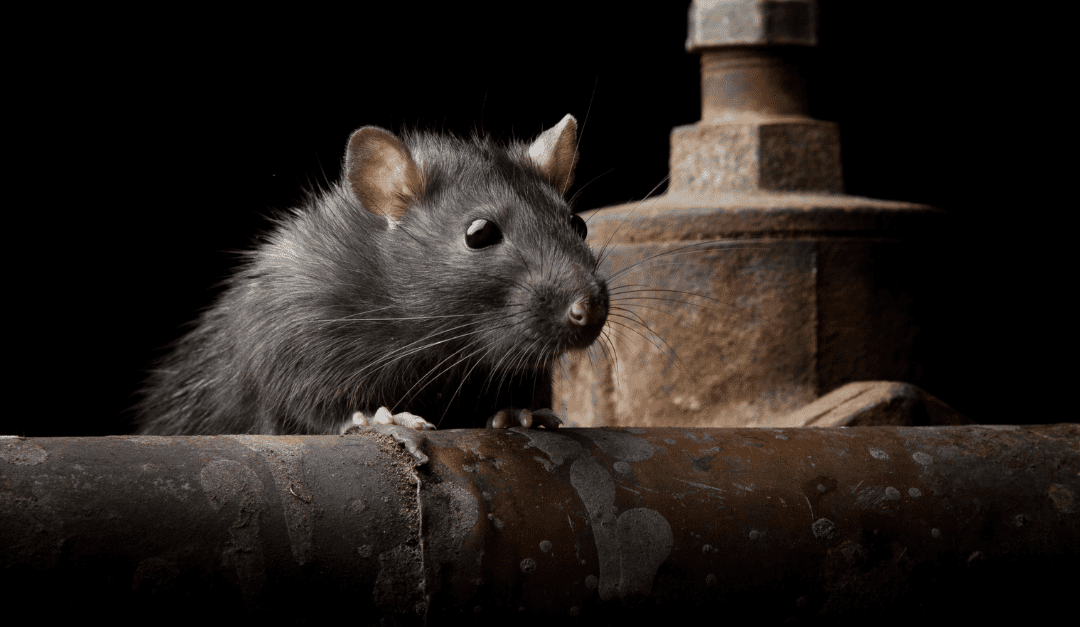
Rodents, such as rats and mice, are common household pests that can cause many problems, from property damage to health issues. In the southern United States, there are several types of rats and mice that are commonly found near homes. Let’s go over the most common types of rats and mice and how to prevent them from invading your home.
Roof rats are also known as black rats and are commonly found in urban and suburban areas. They are about 7-10 inches in length and have pointed snouts, large ears, and long, thin tails. They are excellent climbers and can often be found in attics and trees.
Norway rats are also known as brown rats and are larger than roof rats, measuring 10-12 inches in length. They have blunt snouts, small ears, and short, thick tails. They are burrowers and are often found in basements and crawl spaces.
House mice are small rodents that are about 3-4 inches in length. They have pointed snouts, large ears, and long, thin tails. They are excellent climbers and can often be found in attics and walls.
Deer mice are small rodents that are about 3-4 inches in length. They are brown or gray in color and have large eyes and ears. They are often found in rural areas and can carry hantavirus, a potentially fatal disease.
If you believe you have a rodent infestation, give your local wildlife control company a call to provide a customized plan of action!